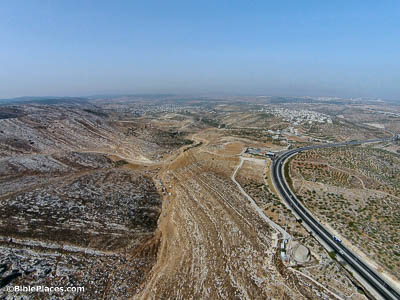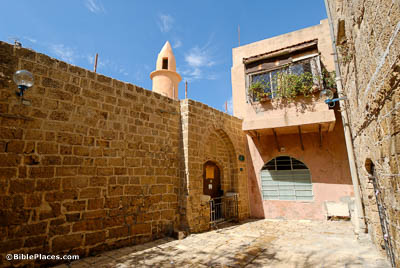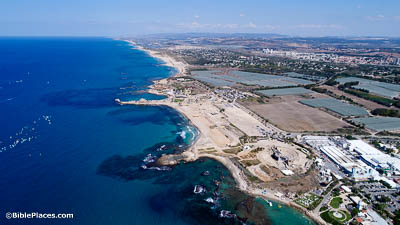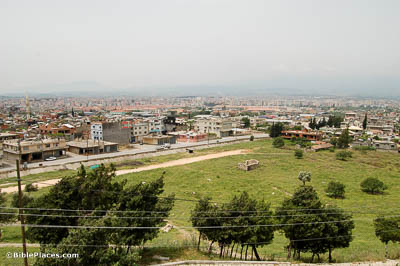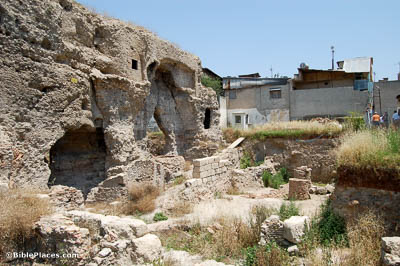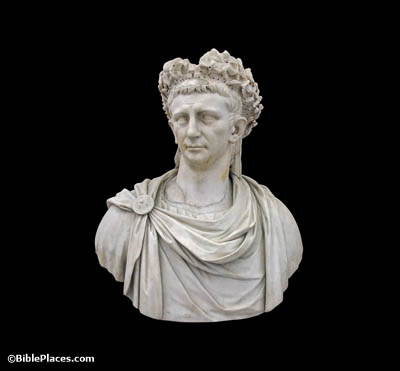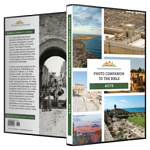And when Peter came up to Jerusalem, those who were of the circumcision took issue with him (Acts 11:2).
When going up to Jerusalem from Caesarea, as Peter was, most travelers would have passed through the city of Antipatris, before going up the Beth Horon ridge. This route by Beth Horon is the most natural ascent to Jerusalem from that direction, offering a relatively gradual climb. In fact, Scripture testifies that this route was known and used as early as Joshua’s day (Joshua 10:10).
